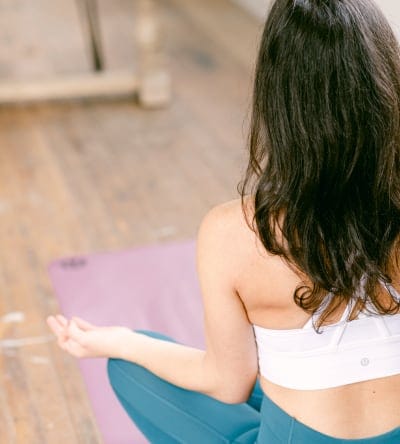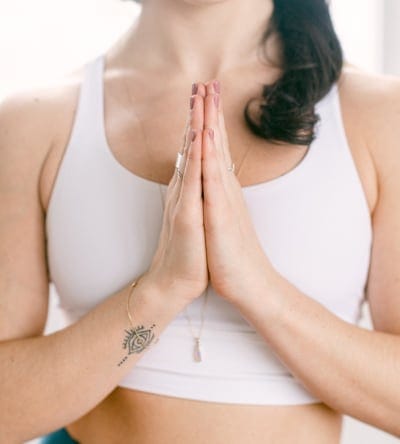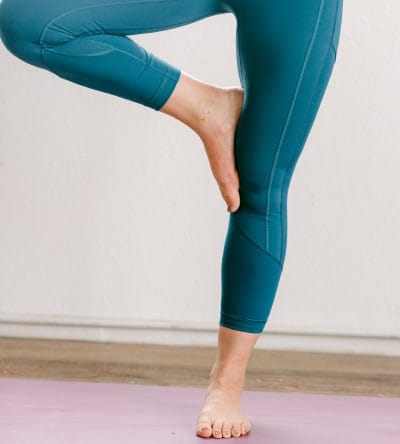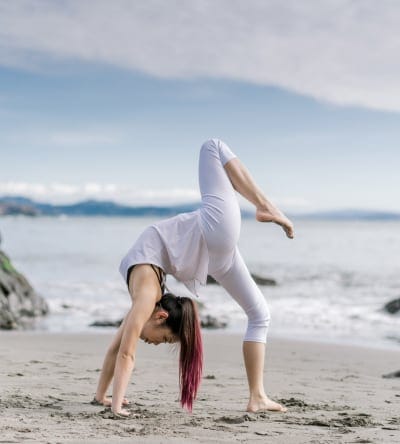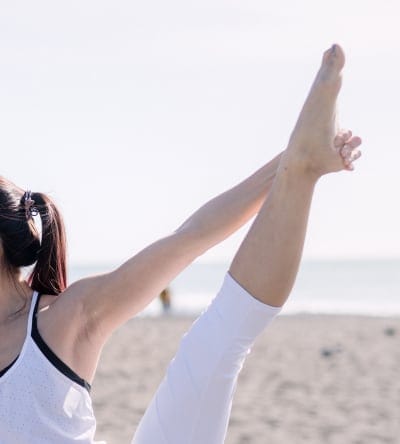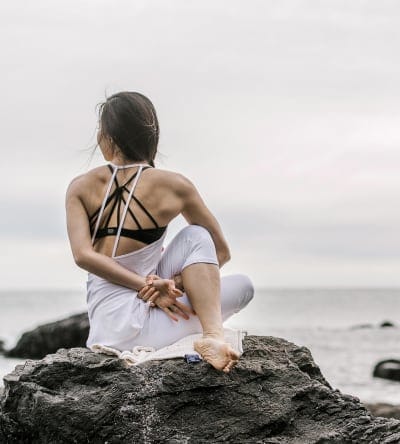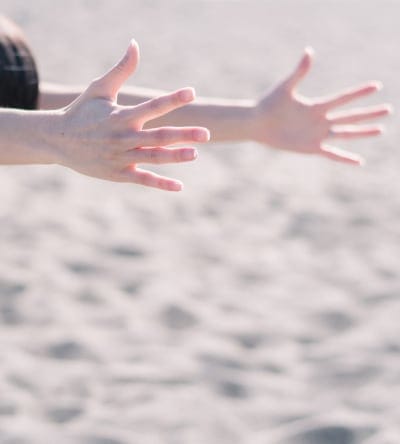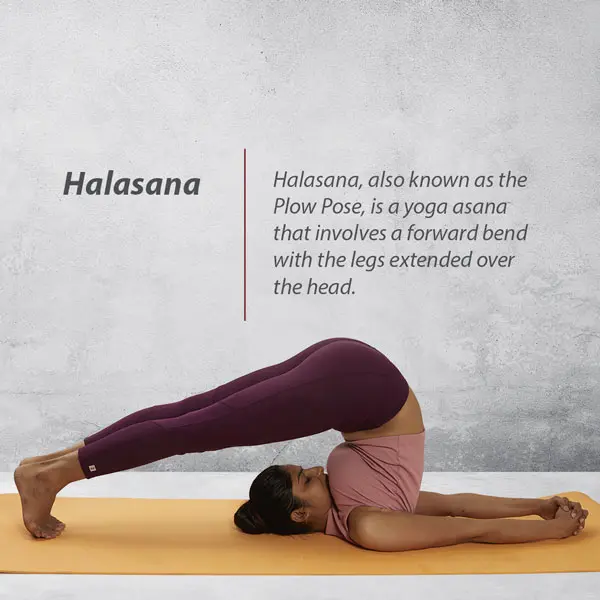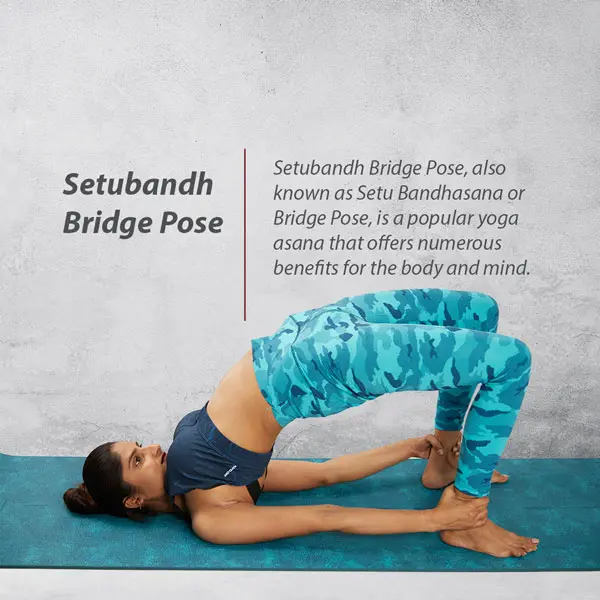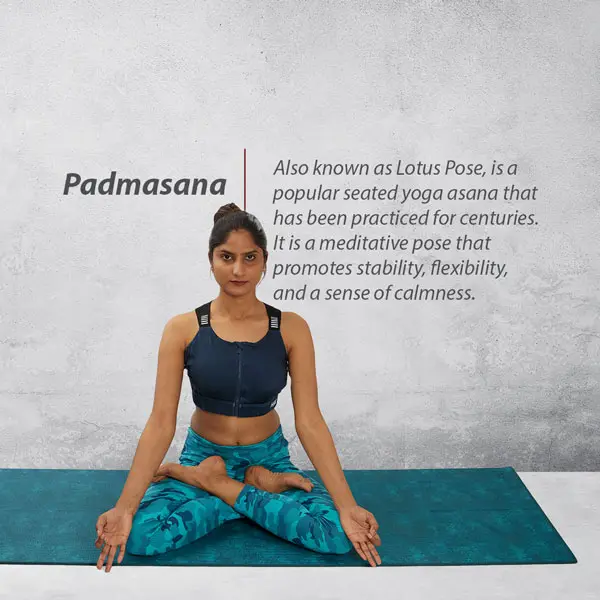Visvamitrasana / Visvamitra Asana Benefits & How To Guide
Visvamitrasana (Sage Visvamitra’s Pose)
(Sanskrit: विश्वामित्र, IAST: Viśvāmitra)
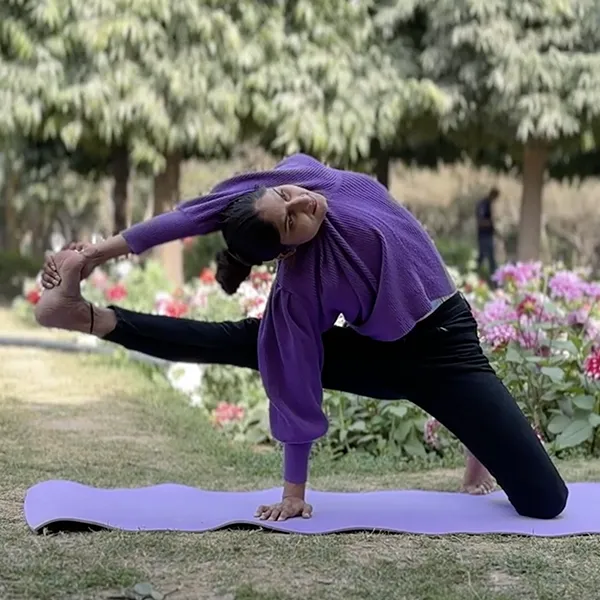
Introduction of Visvamitrasana (Sage Visvamitra’s Pose)
Visvamitrasana, or Sage Visvamitra’s Pose, is a dynamic and complex yoga asana that epitomizes the fusion of balance, strength, and flexibility. Named after the revered sage Visvamitra, this pose is a testament to the dedication, discipline, and perseverance inherent in the practice of yoga. Visvamitrasana intricately combines elements of arm balance, twist, and hip opening, challenging practitioners to engage their entire body in a harmonious display of poise and concentration.
This advanced posture not only stretches the hamstrings and hips but also strengthens the shoulders, arms, and core, offering an all-encompassing workout that transcends mere physicality. The mental focus required to maintain balance and alignment in Visvamitrasana cultivates a deep sense of inner calm and clarity, reflecting the meditative aspect of yoga. Practicing Visvamitrasana encourages yogis to explore their limits and expand their boundaries, embodying the transformative power of yoga to foster growth and self-discovery.
At Renuka Yoga Studio, we guide our students through the nuances of Visvamitrasana, ensuring a safe and supportive environment for exploration and growth. Whether you’re seeking to deepen your practice or explore new challenges, Visvamitrasana offers a unique opportunity to cultivate balance, strength, and flexibility.
Join us on this journey of discovery and empowerment, and follow us on Instagram for more insights and inspiration. Embrace the challenge and unlock your potential with the practice of Visvamitrasana.
Step-by-step Video Guide to Visvamitrasana (Sage Visvamitra’s Pose)
Note: It’s important to listen to your body and not force yourself into any pose. If you have any medical concerns or pre-existing conditions, it’s advisable to consult with a healthcare professional before attempting new exercises or yoga asanas.
Visvamitrasana step by step pose instructions:
Visvamitrasana, or Sage Visvamitra’s Pose, is an advanced yoga asana that integrates balance, flexibility, and strength. It’s recommended for experienced practitioners. Here’s a step-by-step guide to approach Visvamitrasana:
How to do - Step 1
Start in Tadasana (Mountain Pose): Begin standing with your feet together, distributing your weight evenly across both feet.
Step 2
Move into Utthita Trikonasana (Extended Triangle Pose): Step your feet about 4 feet apart. Turn your right foot out 90 degrees and your left foot in slightly. Extend your torso to the right, bending from the hip, and place your right hand down on the floor or a block outside of your right foot. Extend your left arm toward the ceiling.
Step 3
Transition to Utthita Parsvakonasana (Extended Side Angle Pose): Bend your right knee, keeping it in line with your right ankle, and place your right elbow on your right knee or your right hand on the floor outside your right foot. Stretch your left arm over your left ear, palm facing down.
Step 4
Prepare for Visvamitrasana: Bring your right hand inside your right foot and shift your weight to place your right shoulder under your right knee. Plant your right hand firmly on the floor.
Step 5
Lift into the Pose: Engage your core and lift your left leg off the ground. Extend your left leg forward as you straighten your right arm, keeping your right knee on your right shoulder. Reach your left arm back and up, attempting to grab your extended left foot with your left hand.
Step 6
Finalize the Pose: Straighten both legs as much as possible. Turn your head to look up under your left arm, opening your chest and hips. Keep your gaze steady and breath even.
Step 7
Hold and Release: Hold the pose for a few breaths, then carefully release back to Tadasana. Repeat on the other side.
Tips to Practice Visvamitrasana
- Warm up thoroughly with poses that open the hips, hamstrings, and shoulders.
- Use props like blocks under your hand for support in the initial stages.
- Practice patience and persistence. Visvamitrasana is challenging and may take time to achieve.
Visvamitrasana symbolizes the union of strength, flexibility, and balance. Practicing it not only enhances your physical capabilities but also cultivates determination and focus. Remember, the journey is as important as the pose itself. Progress gradually and enjoy the process of exploration and growth in your practice.
10 Benefits of Visvamitrasana Yoga Asana:
Practicing Visvamitrasana, or Sage Visvamitra’s Pose, offers a myriad of benefits that extend far beyond physical health, touching on mental and emotional well-being too. Here are some key benefits of incorporating this advanced pose into your yoga practice:
- Strengthens the Body: Visvamitrasana is an excellent pose for building strength in the arms, shoulders, and core. The balancing aspect of the pose also strengthens the leg muscles, providing a full-body workout.
- Improves Balance and Stability: The pose challenges your balance, requiring focus and stability. Regular practice can enhance your proprioception, which is your body’s ability to sense its position in space, improving overall balance and coordination.
- Enhances Flexibility: This asana deeply stretches the hamstrings, hips, and groin area while also opening the shoulders. It’s beneficial for increasing flexibility across multiple areas of the body.
- Stimulates Digestive Organs: The twisting action in Visvamitrasana massages the abdominal organs, helping to stimulate digestion and detoxification processes.
- Boosts Concentration and Mental Focus: The complexity and challenge of Visvamitrasana demand mental focus and concentration, which can help clear the mind and reduce stress.
- Promotes Emotional Release: Deep hip openers like Visvamitrasana are known to facilitate emotional release. Practicing this pose can help release pent-up emotions and tension, promoting emotional well-being.
- Encourages a Sense of Achievement: Mastering such an advanced pose can significantly boost self-confidence and promote a sense of accomplishment, enhancing your mental and emotional health.
- Improves Circulation: The dynamic nature of the pose helps improve blood circulation throughout the body, contributing to better overall health and vitality.
- Cultivates Patience and Perseverance: The journey to achieving Visvamitrasana teaches patience and perseverance, valuable life skills that extend beyond the yoga mat.
- Enhances Energy Flow: According to yogic philosophy, Visvamitrasana helps unblock and regulate the flow of energy (prana) in the body, promoting a sense of well-being and vitality.
While Visvamitrasana is highly beneficial, it’s important to approach the pose with caution, especially if you’re a beginner or have existing health concerns. Always practice under the guidance of a knowledgeable instructor and listen to your body’s signals, making modifications as necessary to ensure safety and prevent injury.
Modifications and Variations:
Visvamitrasana (Sage Visvamitra’s Pose) is an advanced asana that combines elements of balance, flexibility, and strength. Due to its complexity, it’s important to approach this pose gradually, especially if you’re working on building the necessary flexibility and strength. Here are some modifications and variations to help you safely work towards Visvamitrasana or to deepen the pose if you’re more advanced:
Modifications for Building Up to Visvamitrasana
- High Lunge with a Twist: Start in a high lunge position and add a twist towards your front leg. Place your opposite hand on the outside of your front foot and extend the other arm upwards. This helps prepare your body for the twisting and balancing aspects of Visvamitrasana.
- Half Moon Pose (Ardha Chandrasana) with a Bind: Practice Ardha Chandrasana and attempt to bind your top arm behind your back, reaching for your top leg. This introduces your body to the balance and flexibility required in Visvamitrasana without the full complexity.
- Supported Visvamitrasana with a Chair: Use a chair to practice the leg lift and arm balance portion of Visvamitrasana. Stand next to a chair, placing your front foot on the seat, and lean forward to place your hands on the ground. This allows you to experience a part of the pose with support.
Variations to Deepen Visvamitrasana
- Full Visvamitrasana with Extended Hold: Once you are comfortable in the pose, work on holding it for longer durations to increase strength and flexibility. Focus on deepening your breath and refining your alignment with each practice.
- Visvamitrasana with a Backbend: In the full expression of the pose, work on extending your spine further, deepening the backbend. Ensure your shoulders remain open and your chest lifted.
- Transitioning from Visvamitrasana: For a dynamic practice, work on transitioning from Visvamitrasana into other poses such as Astavakrasana (Eight-Angle Pose) or Eka Pada Koundinyasana II, challenging your balance and strength further.
Tips for Practice
- Always warm up thoroughly with poses that open the shoulders, hips, and hamstrings, and that build core strength.
- Use props, such as blocks under your hands, to make reaching the ground easier as you develop your balance and flexibility.
- Practice patience and consistency. Progressing into Visvamitrasana takes time and should not be rushed to avoid injury.
Remember, the journey into Visvamitrasana is as rewarding as achieving the pose itself. Celebrate the incremental progress and insights gained along the way. Practicing under the guidance of an experienced yoga instructor can provide personalized adjustments and ensure a safe and effective practice.
Precautions while performing Sage Visvamitra Pose:
Practicing Visvamitrasana (Sage Visvamitra’s Pose) requires mindfulness and caution to ensure safety and gain the full benefits of the asana without risking injury. Here are some important precautions to consider:
- Warm Up Properly: Due to the complexity and demands of Visvamitrasana, a thorough warm-up focusing on flexibility and strength in the hips, shoulders, and hamstrings is crucial.
- Monitor Your Shoulders and Wrists: This pose places significant pressure on the shoulders and wrists. Ensure they are properly engaged and aligned, and avoid the pose if you have existing injuries in these areas.
- Be Mindful of Your Hips and Knees: Visvamitrasana requires substantial flexibility in the hips and can strain the knees. Proceed with caution and use modifications if you have hip or knee concerns.
- Listen to Your Body: Never force your body into the pose. Use props and modifications to gradually build up to the full expression of the pose, respecting your body’s limitations.
- Focus on Balance: The asana demands balance; hence, concentrate on maintaining a steady foundation. Practice near a wall or have support nearby if you’re still working on your balance.
- Avoid if Pregnant: Due to the intensity and balance required, it’s advisable for pregnant yogis to avoid this pose or consult with a prenatal yoga specialist for suitable modifications.
- Engage Core Muscles: Activating your core not only helps in maintaining balance but also protects your lower back from strain.
- Use Props: Blocks can be used under your hand for support, especially if you’re unable to reach the floor comfortably in the initial stages of practicing this pose.
- Consult a Professional: If you have any specific health concerns or are recovering from an injury, consult with a healthcare provider or a qualified yoga instructor before attempting Visvamitrasana.
- Practice Patience and Consistency: Achieving Visvamitrasana can take time. Consistent practice, combined with patience and gradual progression, is key to safely mastering this asana.
Following these precautions will help you practice Visvamitrasana safely, allowing you to explore the pose’s benefits while minimizing the risk of injury. Remember, yoga is a personal journey that honors the present capabilities of your body.
Experienced & Certified Yoga Instructors at Renuka Yoga Studio:
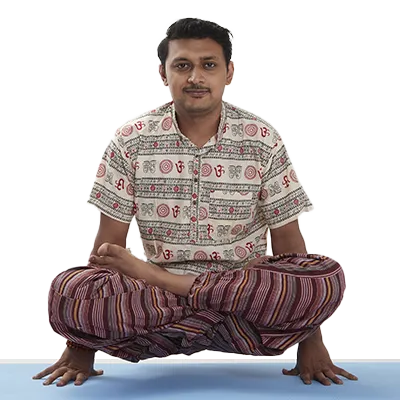
Chetan Rajput
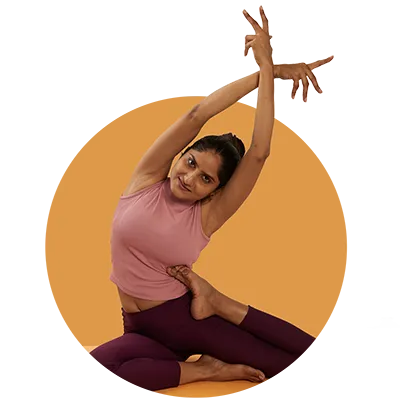
Renuka Chauhan
Asanas similar to Visvamitrasana (Sage Visvamitra’s Pose):
Visvamitrasana (Sage Visvamitra’s Pose) is a complex asana that requires a blend of strength, flexibility, and balance. If you’re looking to explore similar poses that cultivate these elements, here are several asanas that offer comparable benefits and challenges:
- Eka Pada Koundinyasana I and II (Pose Dedicated to the Sage Koundinya I and II): These arm balances incorporate twisting and hip opening, similar to Visvamitrasana, and challenge your balance and strength.
- Ardha Chandrasana (Half Moon Pose): This balancing pose emphasizes hip opening and balance, with the option to incorporate a backbend, mirroring the complexity of Visvamitrasana.
- Astavakrasana (Eight-Angle Pose): Though primarily an arm balance, this pose requires significant core strength and flexibility, akin to the demands of Visvamitrasana.
- Bhujapidasana (Shoulder-Pressing Pose): This pose challenges your arm strength, balance, and the ability to compact the body, similar to the compact nature of Visvamitrasana.
- Parivrtta Surya Yantrasana (Compass Pose): This intense stretch opens the shoulders and hips and requires a considerable balance of strength and flexibility, similar to the demands of Visvamitrasana.
- Vasisthasana (Side Plank Pose) Variations: Introducing leg lifts or binds in Side Plank can help build the core strength, arm stability, and flexibility needed for poses like Visvamitrasana.
- Hanumanasana (Monkey Pose or Splits): This deep stretch focuses on the hamstrings and hip flexors, building towards the flexibility required for the leg extension in Visvamitrasana.
- Chaturanga Dandasana (Four-Limbed Staff Pose): Practicing this pose strengthens the arms and wrists and cultivates the core control necessary for advanced arm balances.
- Urdhva Mukha Svanasana (Upward-Facing Dog Pose): This backbend opens the chest and strengthens the spine, preparing the body for the backbend element in Visvamitrasana.
- Tittibhasana (Firefly Pose): This arm balance stretches the legs and hips while challenging your balance and arm strength, components also crucial in Visvamitrasana.
Incorporating these poses into your practice can help develop the necessary strength, flexibility, and balance for Visvamitrasana. Always approach each asana with mindfulness and patience, respecting your body’s limits and gradually building your practice. Remember, the journey through yoga is personal and unique, with each pose offering its own set of challenges and rewards.
Diseases Cured by Visvamitra Asana:
While yoga poses, including Visvamitrasana (Sage Visvamitra’s Pose), are not cures in the conventional sense, they can play a significant role in managing and alleviating symptoms of various conditions, contributing to overall well-being. Here’s how Visvamitrasana can support health:
- Stress and Anxiety: The concentration required to maintain Visvamitrasana can help divert focus from stressors, promoting mental calmness and reducing symptoms of anxiety.
- Muscle Tension: The pose actively stretches and strengthens the body, which can help relieve tension in muscles, particularly in the shoulders, hips, and back.
- Poor Circulation: The dynamic nature of Visvamitrasana encourages blood flow throughout the body, potentially improving circulation and the delivery of oxygen and nutrients to tissues.
- Digestive Issues: The twisting aspect of Visvamitrasana can aid in stimulating digestive organs, thereby improving digestion and alleviating some digestive discomforts.
- Low Energy and Fatigue: Engaging in this energizing pose can help invigorate the body and mind, combating feelings of fatigue and boosting energy levels.
- Balance and Coordination: Regular practice of Visvamitrasana enhances physical balance and coordination, which is beneficial for all age groups, especially as one ages.
- Flexibility: This pose works deeply on increasing flexibility in the hips, shoulders, and hamstrings, which is beneficial for those with stiffness or limited range of motion in these areas.
- Core Strength: Visvamitrasana requires and builds considerable core strength, which is essential for overall body stability and can help prevent lower back pain.
It’s important to approach Visvamitrasana with caution, especially for those with existing health conditions. Practitioners with high blood pressure, heart conditions, or those recovering from injuries should consult a healthcare provider before attempting this pose. Additionally, practicing under the guidance of a qualified yoga instructor can help ensure that you perform the pose safely and derive maximum benefits from your practice.
Comparison Table of Ardha Visvamitrasana (Half Visvamitra’s Pose) and Purna Visvamitrasana (Full Visvamitra’s Pose)
Ardha Visvamitrasana (Half Visvamitra’s Pose) and Purna Visvamitrasana (Full Vishwamitra’s Pose) are variations of a yoga asana named after the sage Visvamitra. Comparing these two poses can help highlight the progression from an intermediate stage to a more advanced expression of the pose. Here’s a comparison in tabular format:
Both Ardha Visvamitrasana and Purna Visvamitrasana offer unique challenges and benefits, allowing practitioners to explore their limits and expand their capabilities in balance, strength, and flexibility. Progressing from the half to the full version of Visvamitrasana can be a rewarding journey that reflects personal growth in yoga practice.
Frequently Asked Questions – FAQs about Visvamitrasana (Sage Visvamitra’s Pose):
Various Yoga services that we offer in Gurgaon
